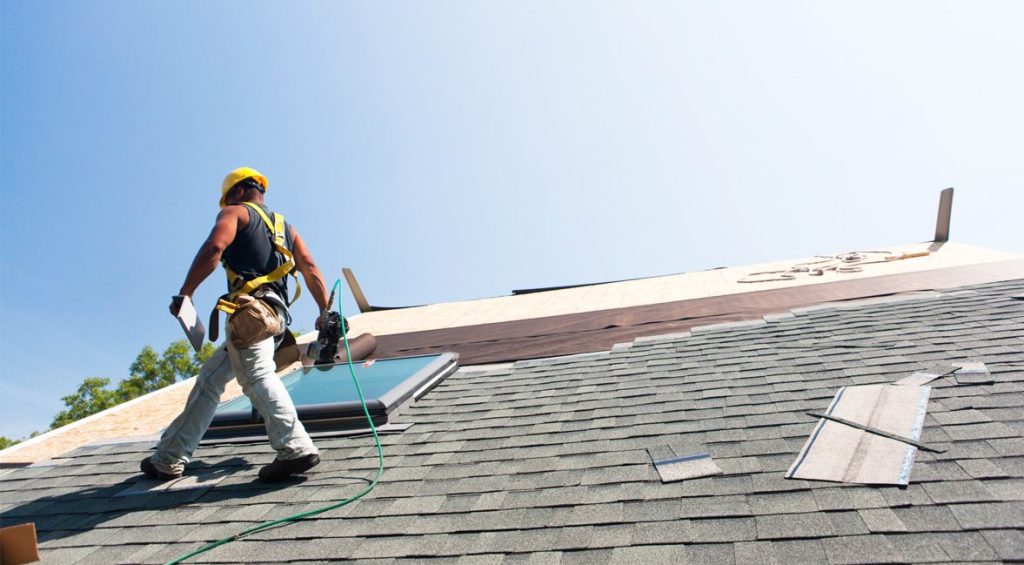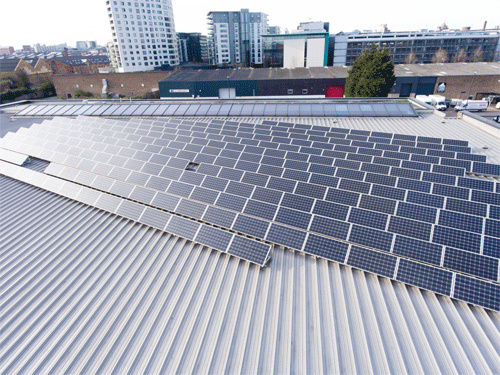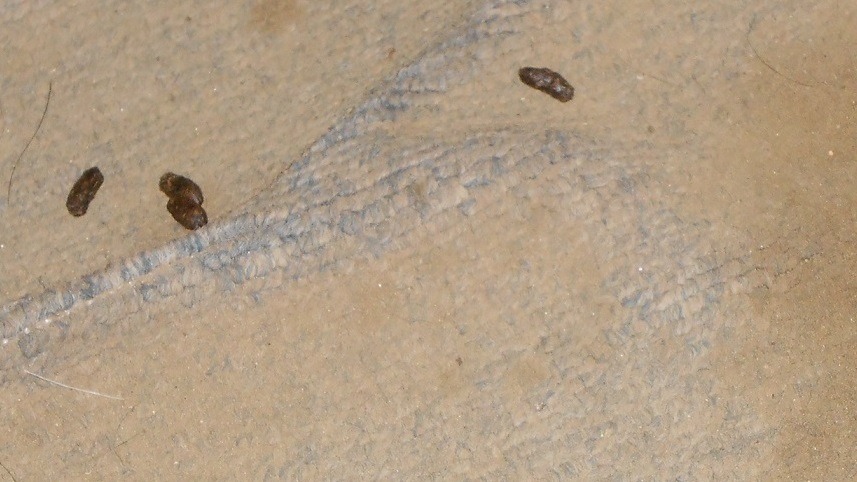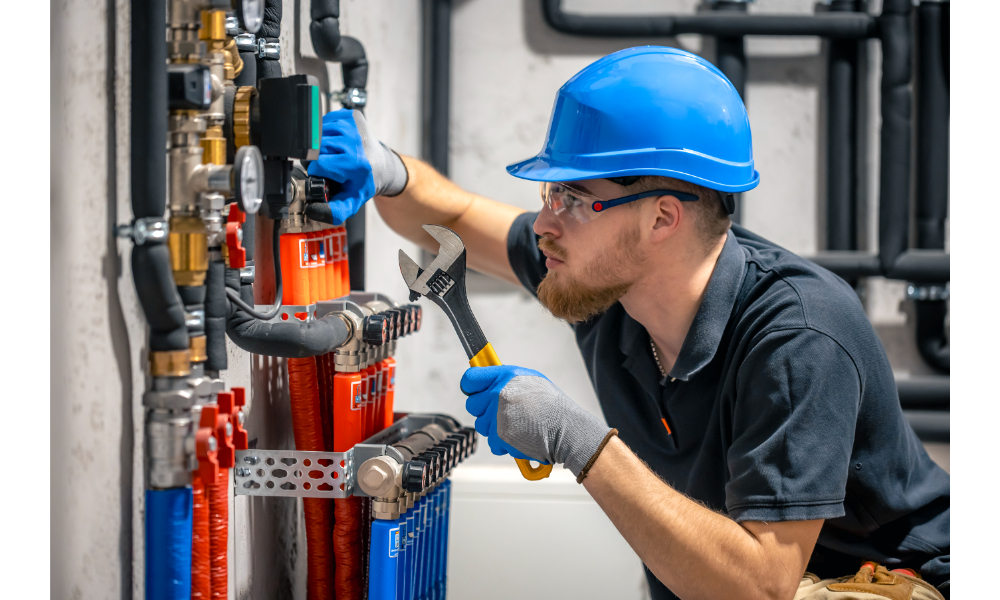
With the cooler temperatures in South Florida, a functioning furnace plays a crucial part in making the home comfortable and energy-efficient. The moment your furnace misbehaves you find yourself with rising bills, unbalanced heating, or worse, no heat at all. Reduce time, money, and stress by being familiar with these issues from early on and learning how to identify and resolve them.
Following this guide, you will be able to know when you need your furnace looked at, how to troubleshoot issues with your furnace, and how to know whether you should repair your furnace or replace it. Whether it’s preparing for winter or simply pre-empting issues, here is the correct way to go about doing it.
Furnace Warning Sign You May Need to Call For
This also means that even the most energy-efficient of homes can be troubled with their furnace not working. Awareness of early warning signs allows you to take action before a relatively small issue becomes a larger one.
The best way to know what to look for is to see how other South Florida homeowners stay on top of things on https://www.instagram.com/coolrunningair/ or https://www.facebook.com/coolrunningair/—everything is a little easier when there is a live maintenance video.
Increased Energy Bills
A boom in your utility bill—even if you have not changed your patterns—is a telltale sign your furnace is exerting itself more than necessary. Such malfunctions come from blocked air filters, weak appliances, or malfunctioning calibration. If your heating bills are skyrocketing without explanation, do some sleuthing.
Unusual Noises from the Unit
A well-functioning furnace emits a constant, low-level hum. Things like clanking, rattling, or banging noises could indicate loose parts, motor issues, or blower problems. These noises should never be taken lightly, for they often indicate excessive mechanical wear or internal damage that will only get worse.
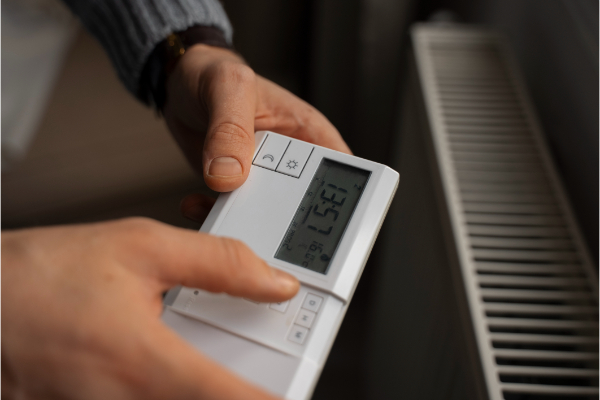
How to Troubleshoot Problems with Your Furnace
You don’t have to be an HVAC technician to make a cursory assessment. These few straightforward steps will allow you to figure out what could be the issue before you have to pull in a pro.
Check Thermostat Settings
Start with your thermostat. Ensure that you have some ventilation on (set the heat and higher than the room temp). If we have a “broken” furnace, the reaction is often that dead batteries (you can check for dead batteries if your furnace is connected to a thermostat system) or incorrect settings causes it. To do so, you will need to reset the thermostat or recalibrate it.
Inspect Air Filters for Clogs
When air cannot flow freely, your furnace has to struggle to blow air through or stop working completely. Hold the filter up against the light and if you can no longer see through it, it needs to be replaced. If they see extensive use before each high-usage season, you should switch out your filters every 1–3 months. Click here for more information.
Typical indicators of a dirty filter:
- Weak airflow from vents
- The furnace turns off on its own
- Dust buildup around vents
Sound of Irregular Operations – Give It a Listen
In addition to loud clanks, look out for short cycling (where the furnace turns on and off quickly), humming without heat output, or running all the time. These signs can point to anything from something as simple as a sensor malfunction to a failing blower motor. Listen to what you are hearing, and when it is happening, to explain the problem better to a broken furnace repair team.
The Decision to Repair or Replace
But a short-cut solution does not work all the time. Understanding the difference between your comfort and the amount of energy you will use in the long run — is knowing when to repair and when to replace your furnace.
Consider the Price of Regular Repairs
The general rule of thumb is if you are having to call for repairs more than once a year, or the repairs are costing you more than 50 percent of the cost of a new unit, it would be best to replace the system. Those short-term repairs will add up in no time.
Signs You Are Spending Too Much on Repairs:
- The cost of repair bills is rising annually
- Several system failures season after season
- Warranty coverage has expired
Listen to the Age of the Furnace
Most furnaces tend to last around 15–20 years. If yours is approaching or beyond this range, its internal components have probably reached or are close to their end of service life. Plus, older units tend to be inefficient and can struggle to reach the current energy standards in place.
Evaluate Efficiency of New Units
Efficiency: Most modern furnaces are up to thirty percent more efficient than units that are more than a few years old. Take into consideration cost savings on utility bills, potential rebates, and performance when you are weighing your options. You might be able to save and count on it in the long run with just a single investment. Visit https://www.energy.gov/energysaver/furnaces-and-boilers to learn more about this.
When you fix your furnace the right way, you proactively take note of details and plan ahead. But, by knowing the warning signs, diagnosing simple problems, and making good decisions regarding repair or replacement, you can maintain the comfort of your home, maintain those nice, efficient energy numbers, and avoid the hassle of an unexpected breakdown.


